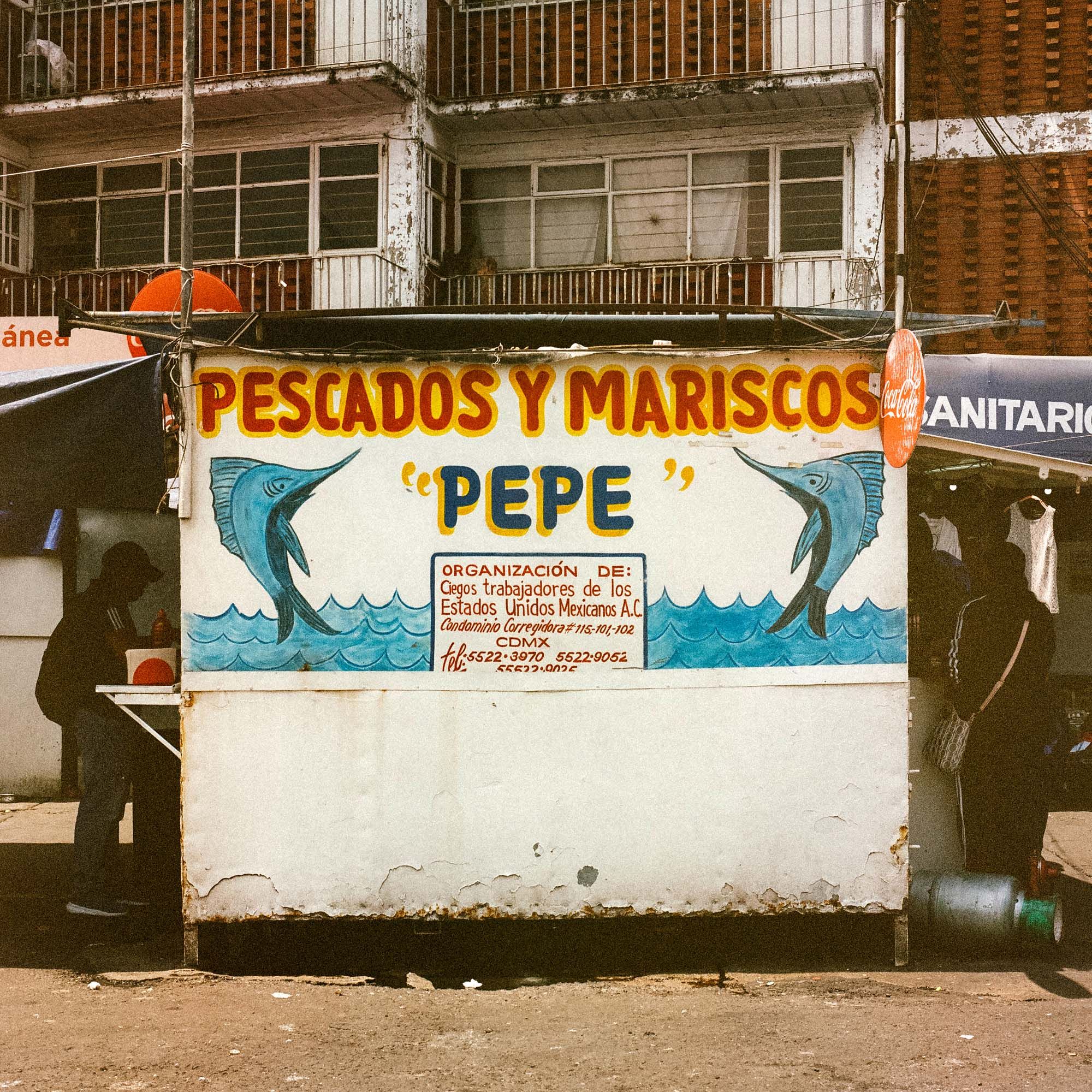Visual Heritage
July 25, 2022 Mexico Mexico City Pollution Sandra Cuevas Double Standard

Late last year I wrote about a 10-year-old law from São Paulo, which led to a complete ban on outdoor advertisements. I loved this initiative, and I wrote:
All too often, we accept the reality before our eyes as unchangeable. We arrange ourselves with the shadows of the past that reach long into the present, forgetting that the places we live in together should also serve the common good.
Today, I received a link to an article about a law that seems—at first sight—to be similar: A ban of the colorful signage on food stalls in Mexico City. But read the description, and it becomes immediately clear what a different spirits underpins this decision:
Earlier this year, the mayor of one central borough in Mexico City decided that the designs were an affront to the image of the nation’s capital, and needed to be removed. The local mayor, Sandra Cuevas, ordered the nearly 1,500 street stalls under her purview to erase the signs on their walls. “It’s my job to give people who live in the borough a better image,” Ms. Cuevas said, explaining the decision. “It’s simply about cleanliness, it’s about order.”
Hand-painted signs are everywhere in Mexico, and they make up the texture of everyday life in many places—visually striking, almost aggressively calling for your attention. But it’s a travesty and a grotesque insensitivity about the sign’s visual heritage of the place to erase them in the name of “cleanliness”—not to mention the classist impulse to take away these street vendor’s signs and replace them with an empty wall because someone found them inappropriate for the city’s “image”.

It is a double standard to celebrate the first law and be horrified by the second? I don’t think so: The law in São Paulo was about bringing back visual space in a city oversaturated by ephemeral advertisements, the law in Mexico City is about papering over a rich history of hand-painted signage that make up the city’s unique character.